Time For Teal: 7 Terrific Teal Plants To Grow In Your Home Garden
It’s an emerging color with a devoted following in fashion and interiors, but can you enjoy blue-greens in your garden? We round up the best teal plants you can grow
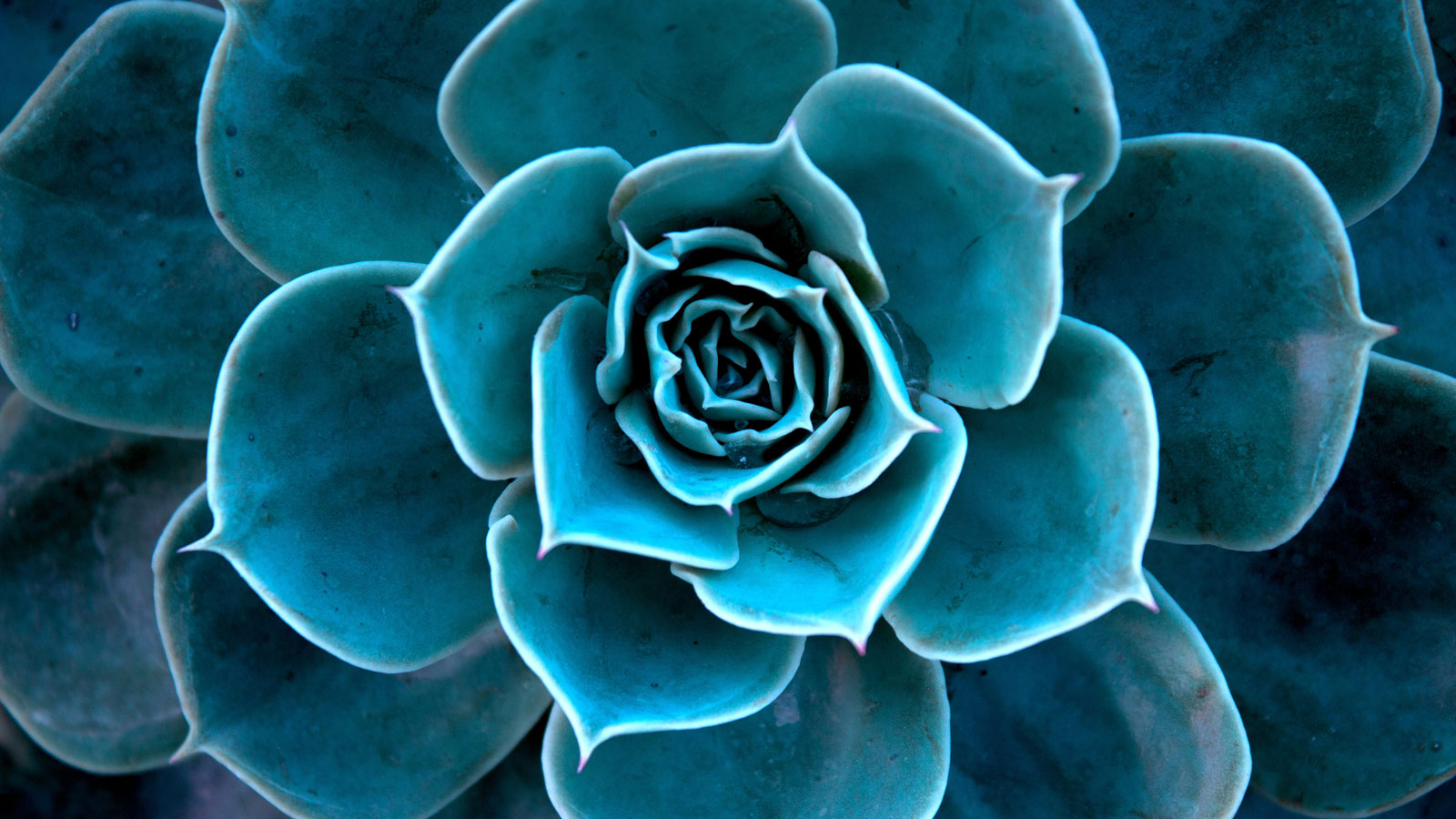
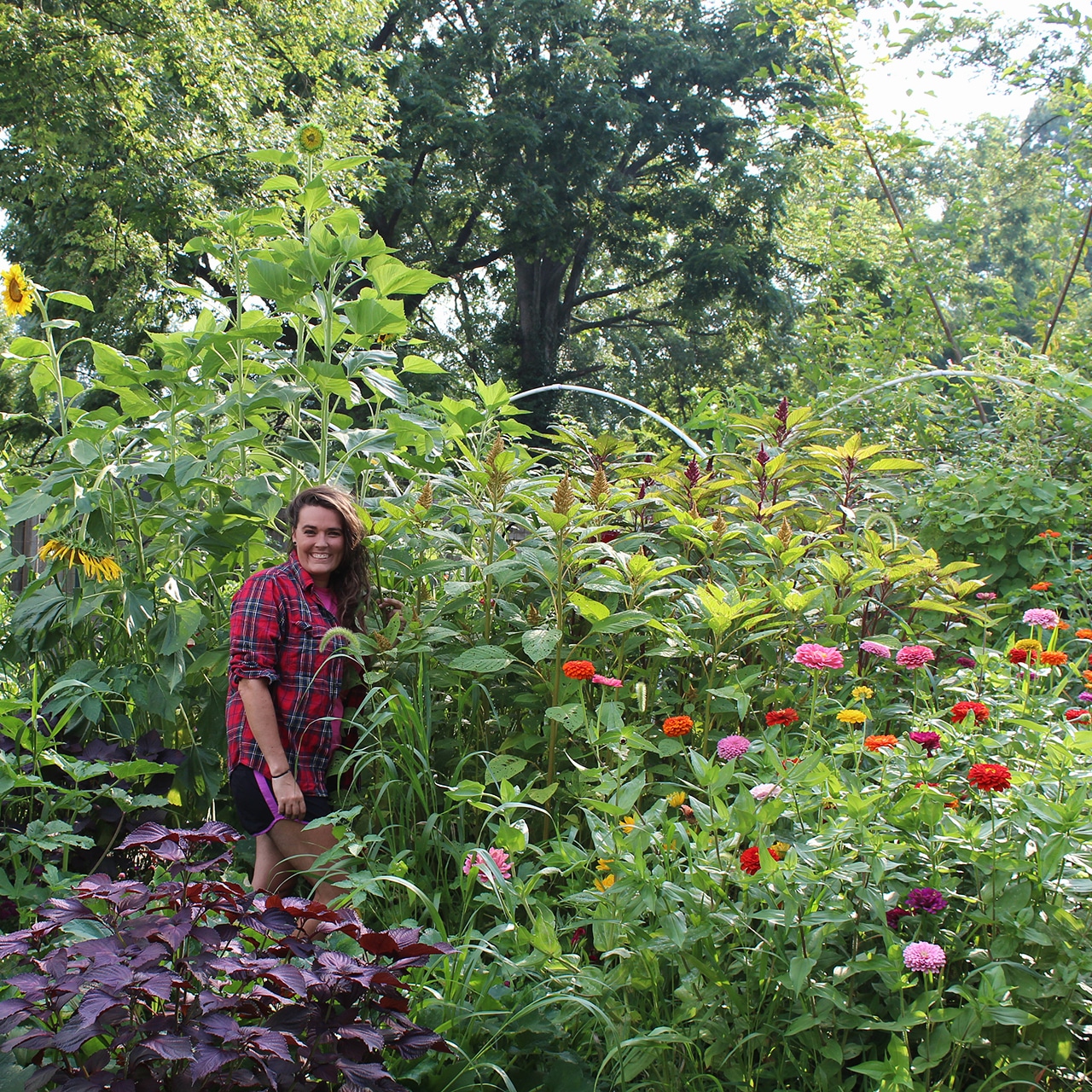
Many of us are drawn to the cooler hues of the color spectrum, such as deep purples and bright cerulean blues – but what about teal plants? You might occasionally find flowers dyed teal, but natural teal – a gorgeous shade of green-blue – is more often found in foliage. It’s a subtle and sophisticated shade that can work well as part of a monochromatic garden or as a complement to richer, more vibrant plant partners.
For anyone who enjoys the coolness and easy elegance of a blue colored garden or a flush of green to support bolder specimens, teal plants are a gorgeous addition to any growing space. Greenish blue tones are becoming more popular, so start planning your garden now to include these stunning natural teal colored plants.
Choosing the Best Teal Plants to Grow
Many plants are naturally blue. There are quite a few blue hydrangea varieties, Virginia bluebells, New England aster and baptisia (aka false indigo). But the quest for teal is a little more of a challenge. You might see advertisements for teal lilies or a teal iris plant, but these can be misleading. A flower that’s pictured as bright teal, like a teal poinsettia at Christmas time, may well have been created artificially.
For naturally teal-colored plants, look to the foliage. Just as you can find plants with blue leaves, there are quite a few examples of plants where the leaves and needles are a rich bluish-green. These teal plants can help to make a themed bed or to complement more dynamic border displays.
1. Eucalyptus
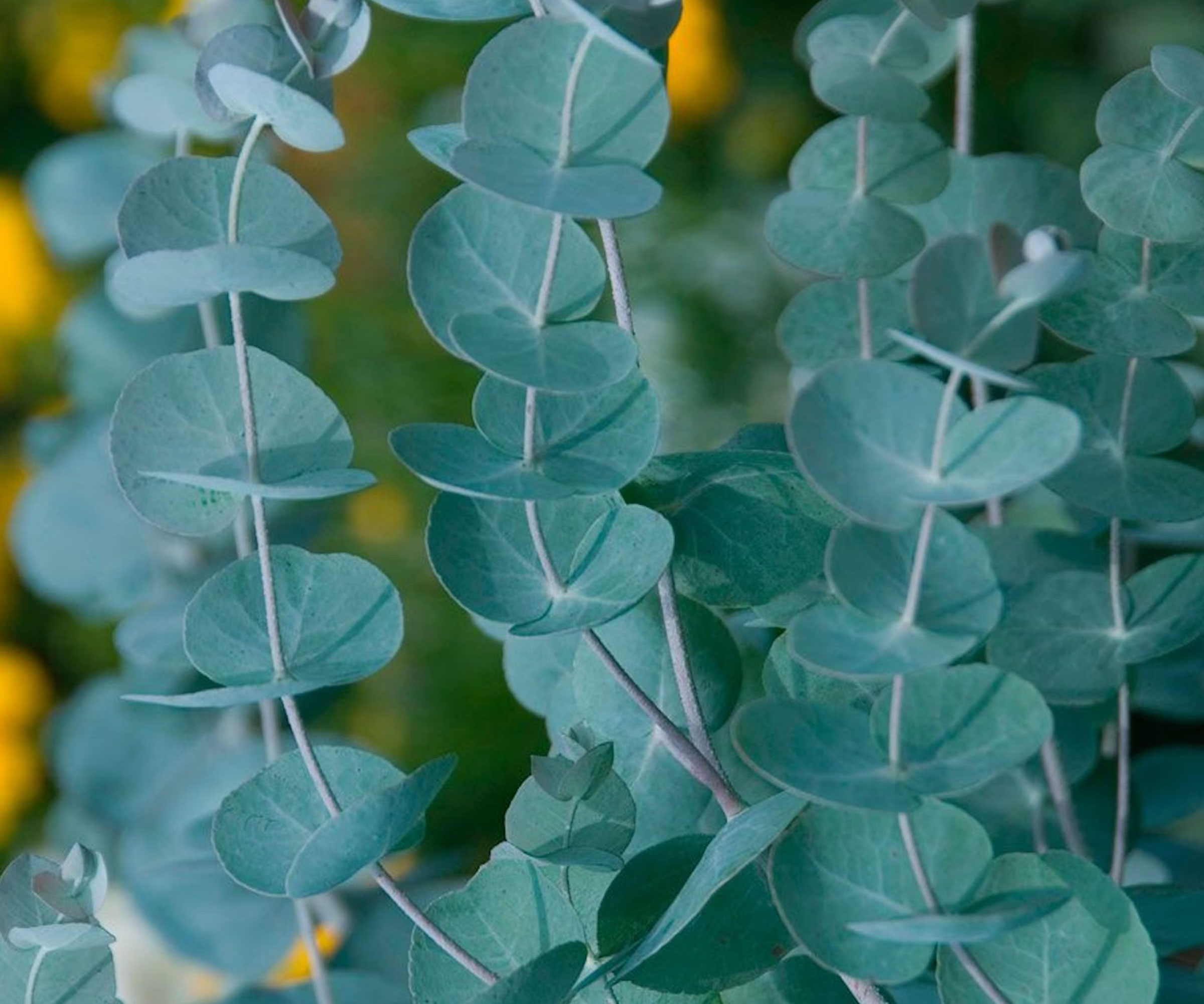
Eucalyptus trees have some of the most reliably teal-colored (and delightfully fragrant) leaves in the plant world. While some eucalyptus houseplants may grow slightly more green in tone, Eucalyptus gunnii has particularly attractive, dusty teal leaves. It grows to about 40 feet (12m) tall and has round, highly aromatic leaves.
Also known as cider gum, this eucalyptus is hardy in USDA zones 8 through 10 and is relatively low maintenance. You can pick up some eucalyptus seeds from Park Seed in the Gardening Know How Shop. This cheerful fast-growing plant also tolerates drought well.
2. Yucca ‘Excalibur’
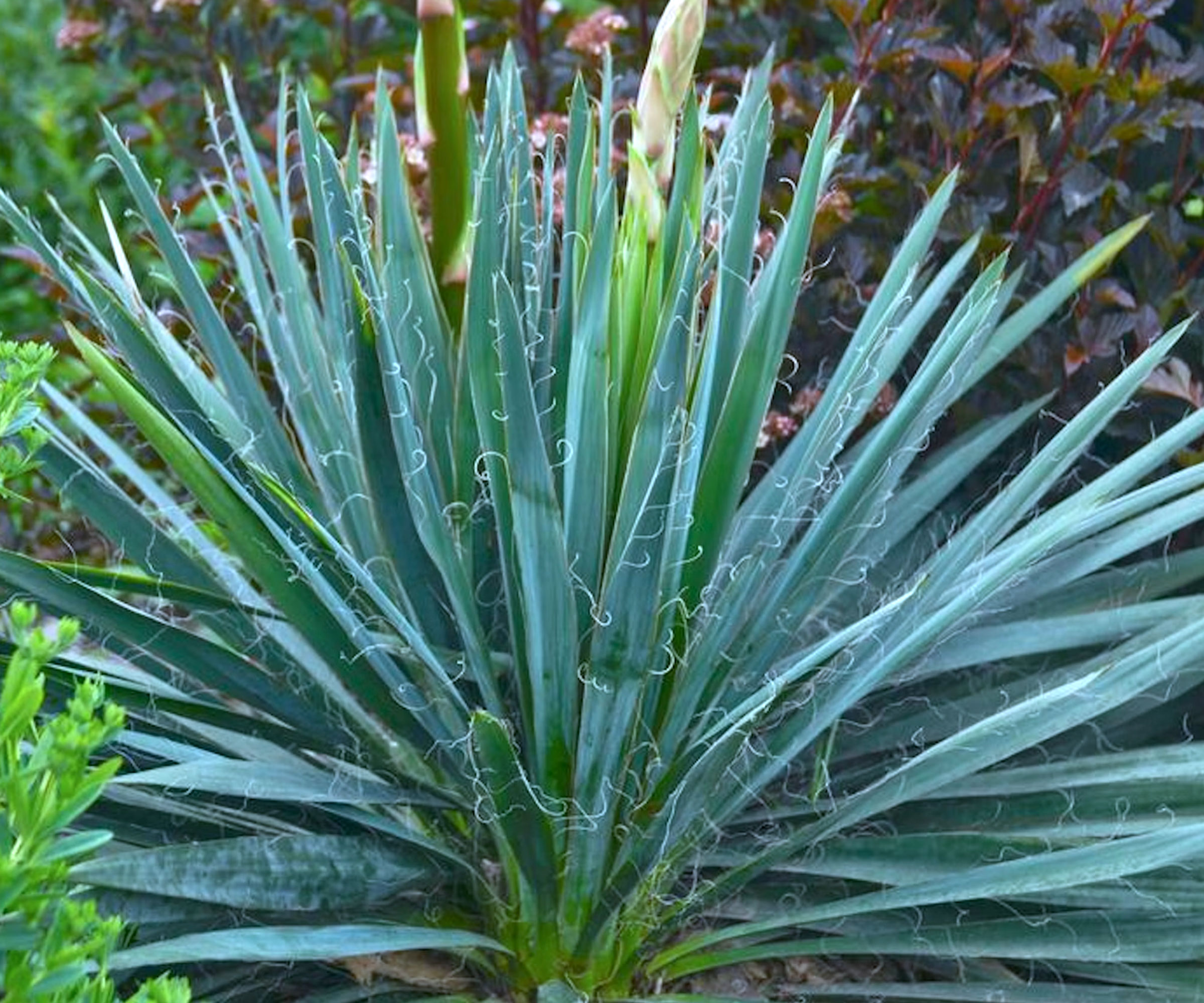
Also known as Adam’s Needle, Yucca Filamentosa has long, spiky foliage that grows in a rosette up to five feet (1.5m) tall and wide. The ‘Excalibur’ variety from Green Promise Farms, available in the Gardening Know How Shop, has a plentiful plume of bluish-green leaves.
Gardening tips, videos, info and more delivered right to your inbox!
Sign up for the Gardening Know How newsletter today and receive a free copy of our e-book "How to Grow Delicious Tomatoes".
This yucca variety blooms with white flowers on a tall spike in late spring and early summer. Native to the southeastern US, Adam’s Needle is suitable for USDA zones 4-10, prefers full sun, and tolerates drought.
3. Blue Echeveria
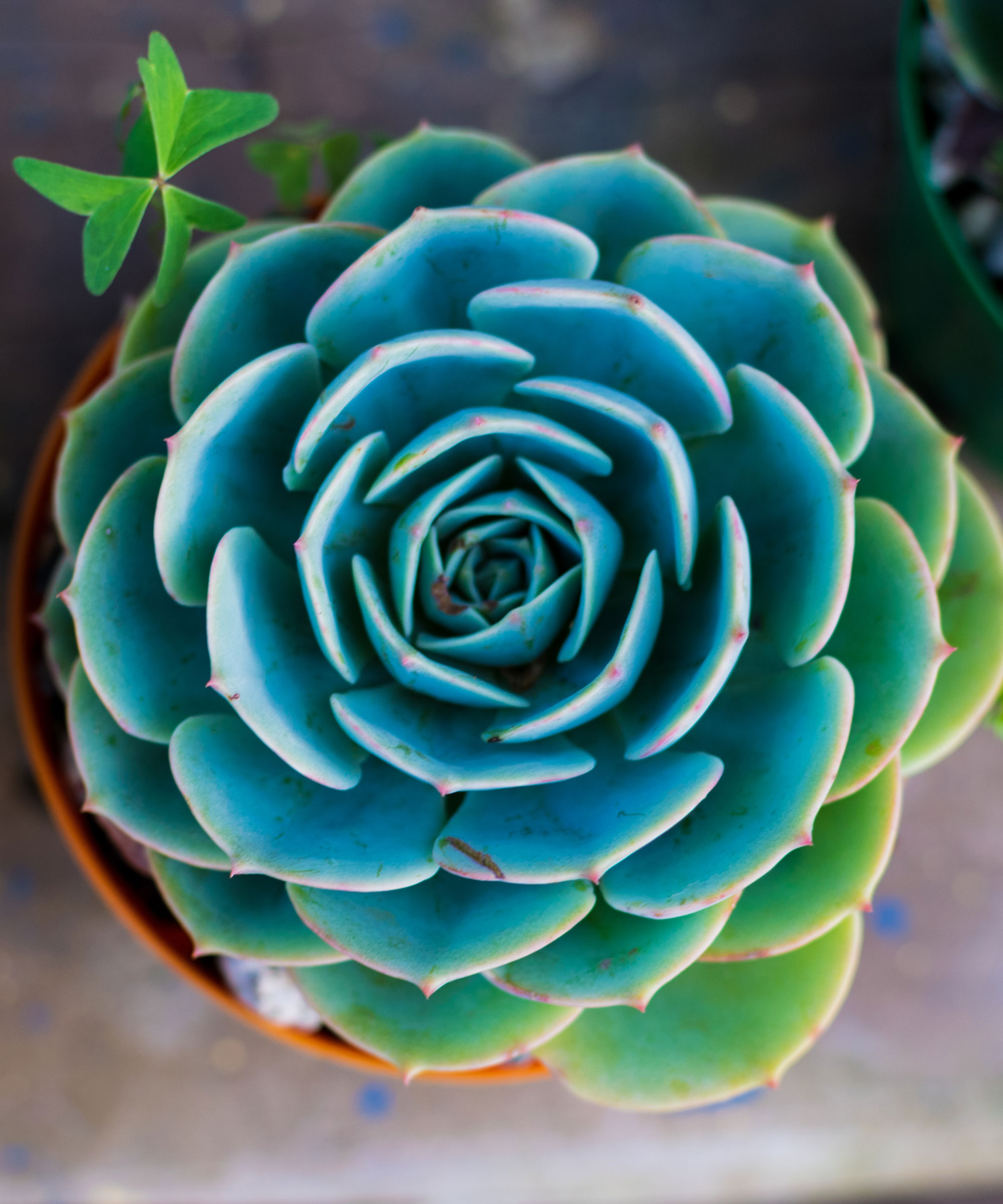
Echeveria secunda (aka hen and chickens) may officially be called blue, but it is actually a teal succulent. You can grow it outdoors in USDA zones 9-12, or indoors as a houseplant anywhere. The fleshy blue-green echeveria leaves grow in an attractive rosette shape and have a dusty appearance.
This plant blooms with a yellow flower in summer. When caring for echeveria plants, make sure you use very well-draining soil, like a succulent or cactus mix. You should also provide full sunlight for blue echeveria.
4. Pampas Grass ‘Blue Bayou’
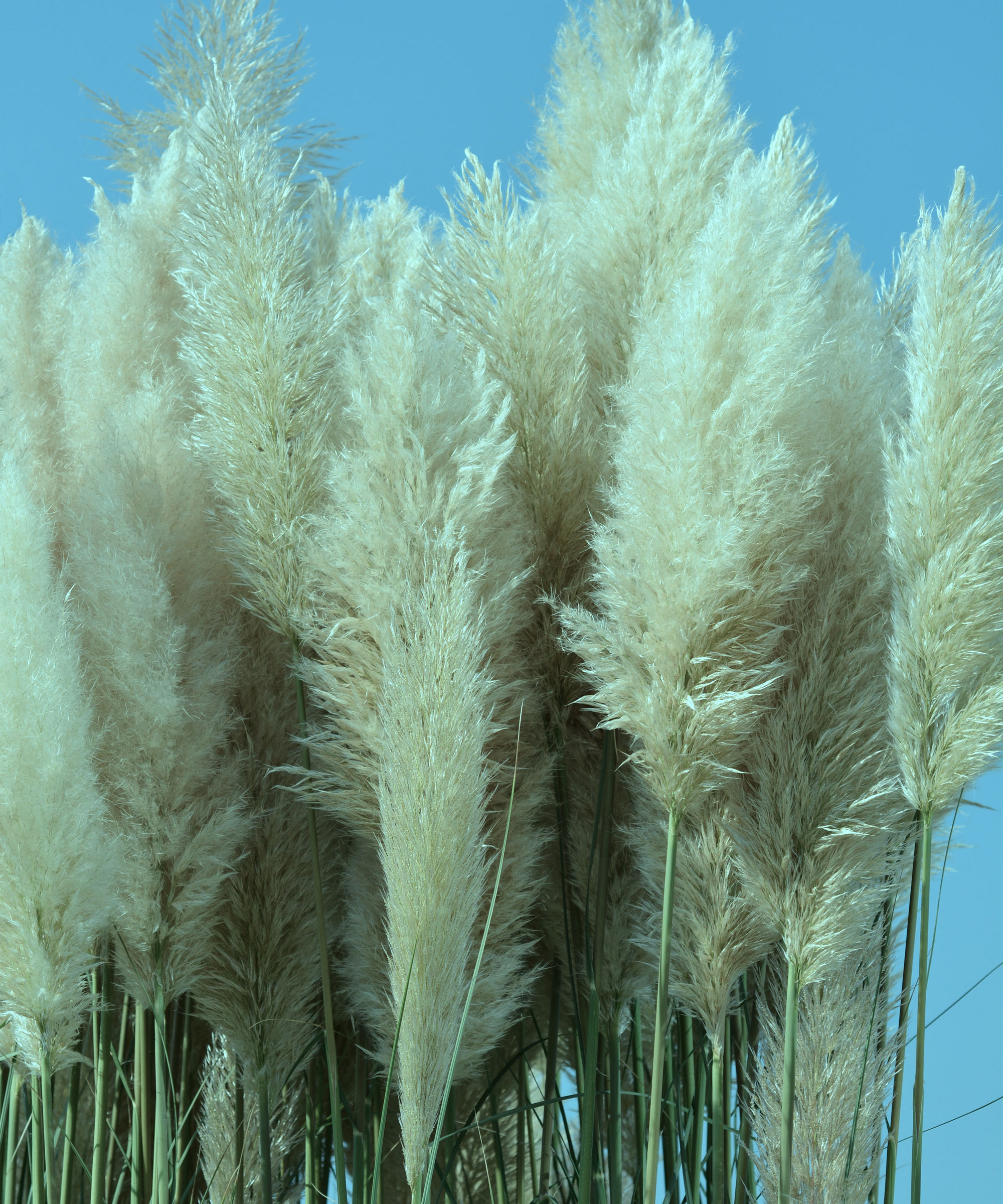
This variety of pampas grass (Cortaderia selloana) has a soft, pale bluish tint to its green leaves, giving a teal hue. It blooms with big feathery tufts at the end of summer into fall. Grow your teal pampas grass in full sun in USDA zones 7-11.
You may worry about pampas being an invasive ornamental grass, and some other varieties can grow very tall. However, ‘Blue Bayou’ is considered a dwarf type, growing only five feet (1.5m) tall.
5. Hosta spp.
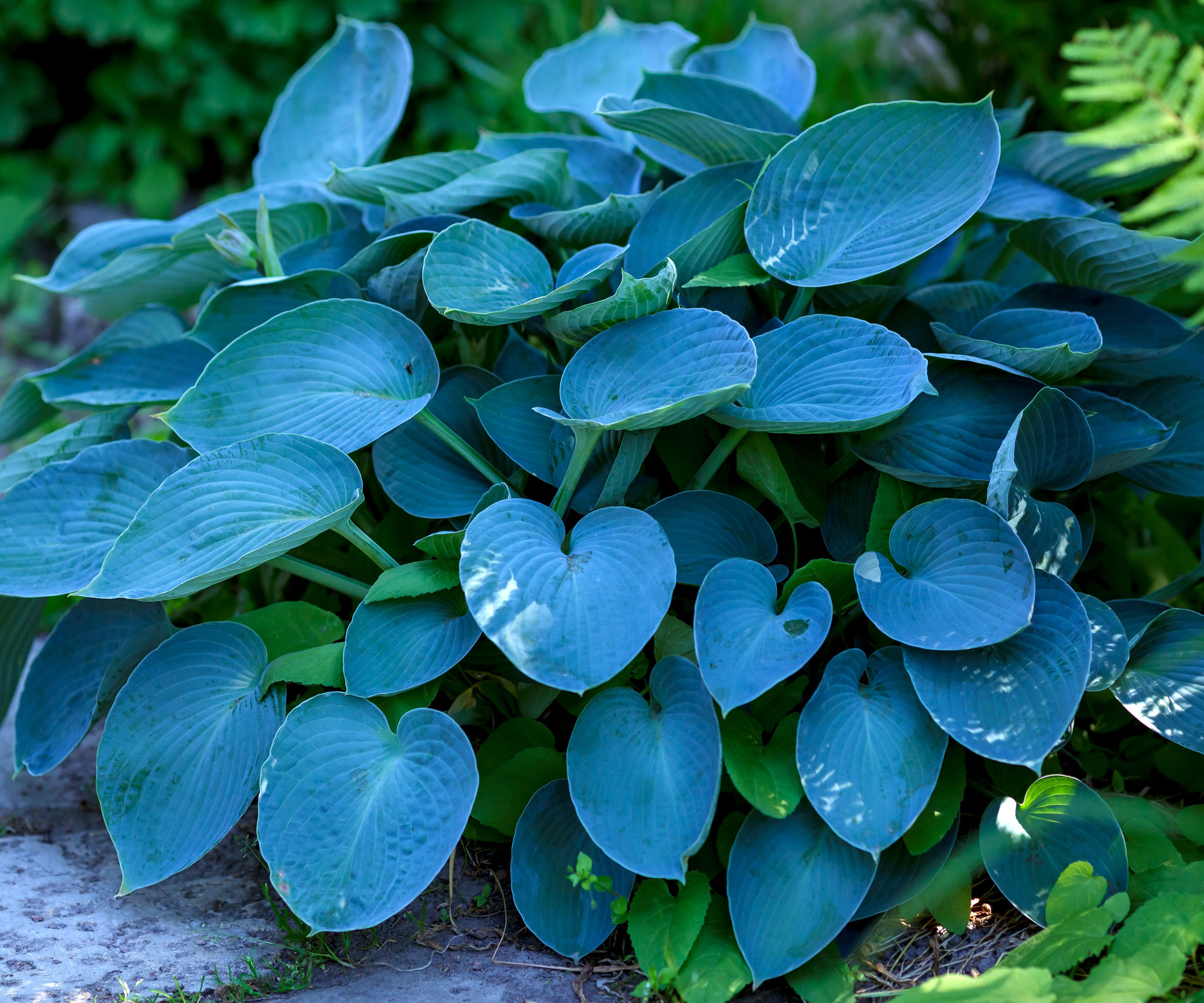
Hostas are easy, shade-loving garden plants that come in a wide variety of sizes, colors, and leaf patterns. While plenty of hostas present with lime green, variegated tones, you can also find some varieties with deep, blue-green leaves, similar to a dark teal.
Blue hostas like ‘Halcyon’ are the most shade tolerant so they won’t grow well in too much sun and prefer a dappled or partially shady spot. It’s best to grow hosta plants like ‘Halcyon’ in USDA zones 3-8 in moist but well-drained soil.
6. Sedum ‘Marina’
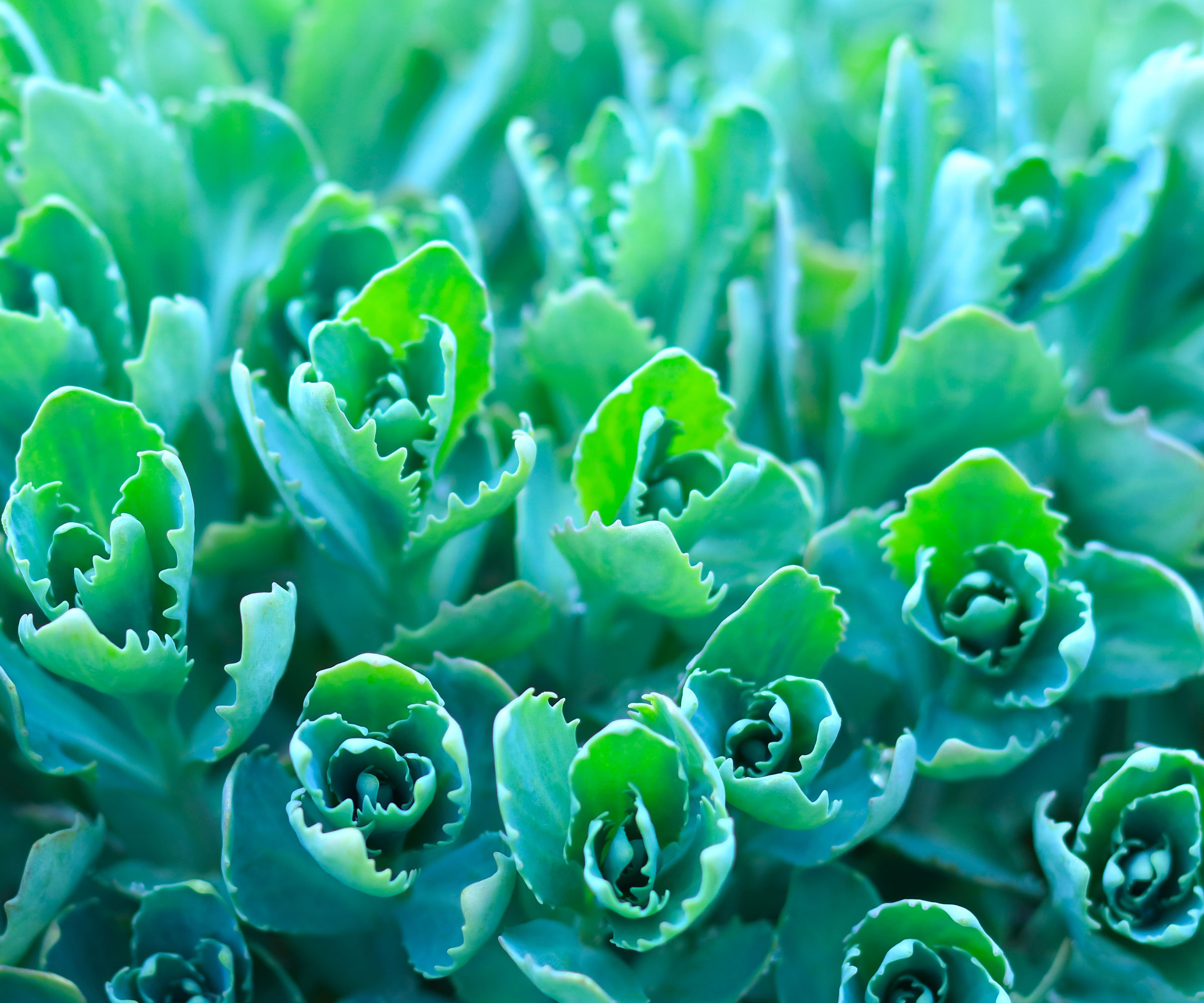
Sedum, or stonecrop, is a group of succulents with fleshy foliage. There are many different types of sedum, some with unusual coloring. Sedum telephium ‘Marina’ is a distinctly teal-toned sedum and its leaves present with a greenish-blue hue.
It blooms with pink flowers in summer and fall. Sedum is a clumping perennial that grows well in USDA zones 3-9 in full sun. This variety tolerates rocky and sandy soils, and thrives in rockeries and container displays.
7. Juniper ‘Blue Star’
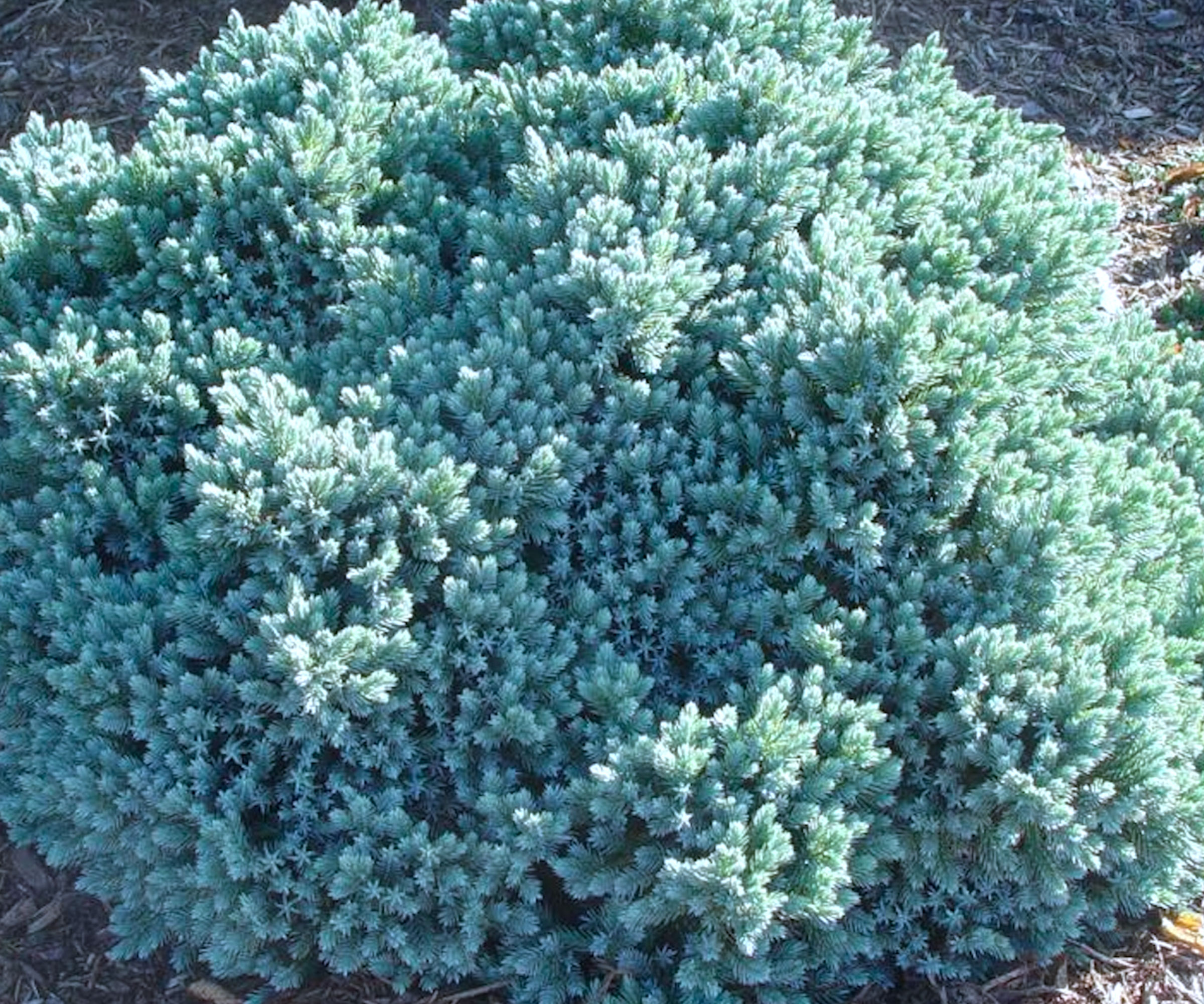
For a teal evergreen, it’s hard to beat Juniperus squamata. The ‘Blue Star’ cultivar, which is available to buy at the Gardening Know How Shop, has dusty, blue-green needles. It is hardy in USDA zones 4-8.
This juniper grows slowly, eventually reaching three feet (0.9 m) tall and four feet (1.2m) wide. Grow ‘Blue Star’ in full sun, preferably in a sunny bed or rock garden, to enjoy its year-round teal foliage to the fullest.
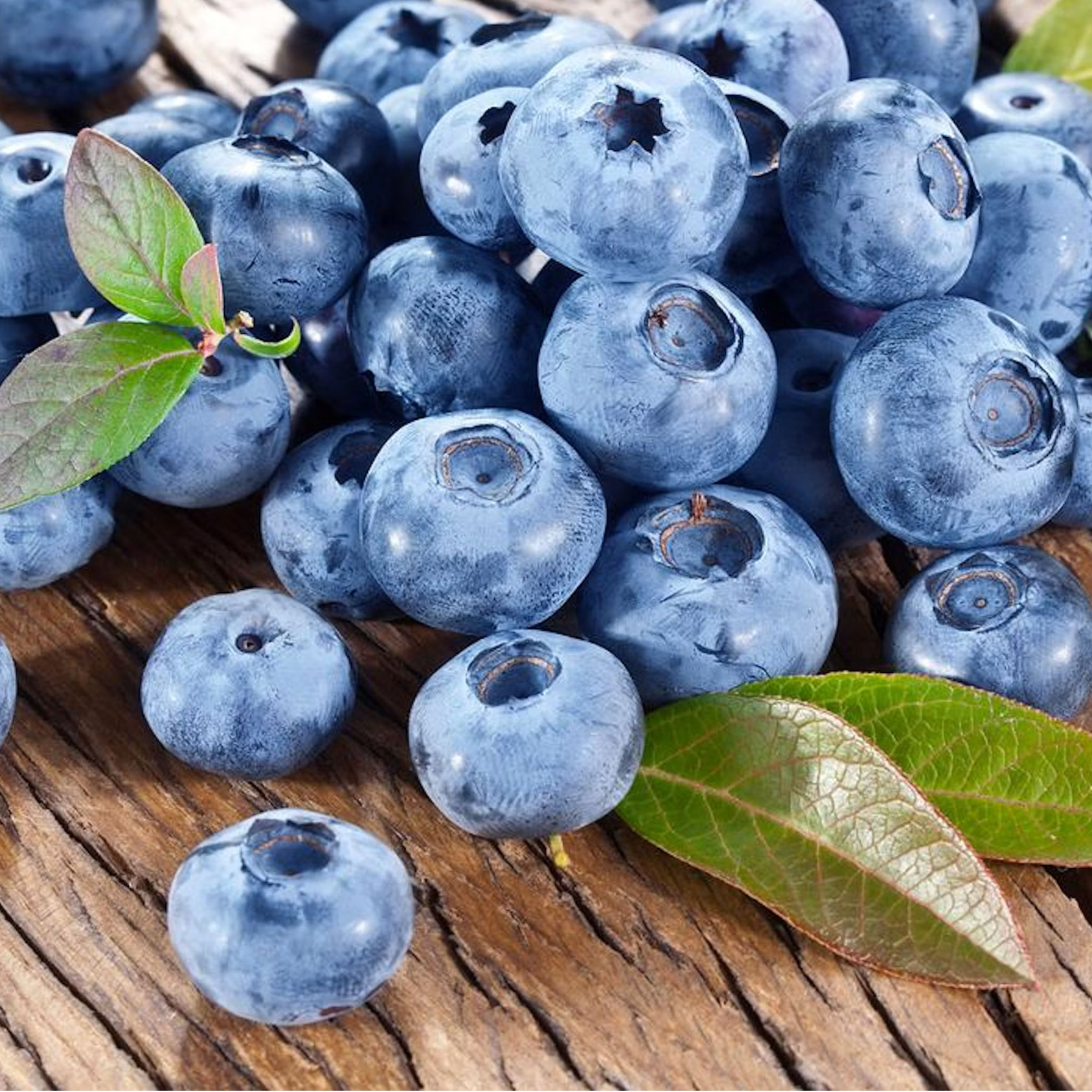
There’s plenty more gorgeous evergreen foliage and cool edible blues to be found if you visit our specially curated selection at the Gardening Know How Shop.
More Unusual and Unique Planting Ideas
- Want to cultivate more blues in your backyard? This roundup of dynamic native blue flowers to grow can kickstart your medley of cerulean, azure, cobalt and lapis.
- Looking for something a little out of the ordinary for your cutting garden this year? Take a look at these unusual cutting garden flowers to grow to extend your blooms beyond the usual suspects.
- Make sure your indoor space expresses your individuality to the fullest with these highly inventive blue indoor plants – guaranteed to complement any interior theme.
- Don’t stop at teal and blue plants if you’re looking for something unusual – browse Rare and Unique Varieties in the Gardening Know How Shop and cultivate highly original plants indoors and out.
This article features products available from third party vendors on the Gardening Know How Shop.

Tonya Barnett has been gardening for 13 years. Flowers are her passion. She has transformed her backyard into a cut flower garden, which she regularly chronicles on her YouTube channel http://www.youtube.com/@tonyawiththeflowers.
-
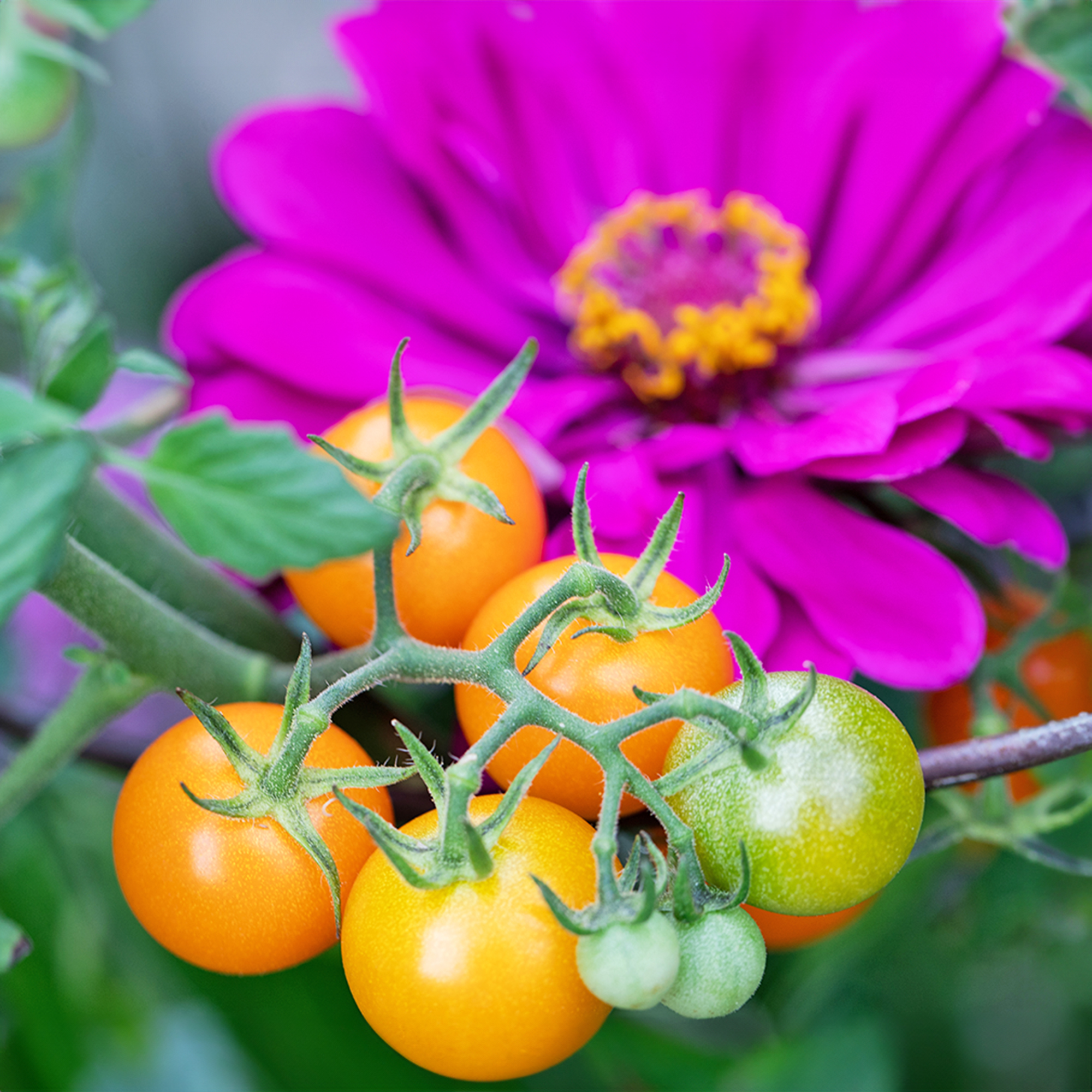 8 Perfect Flowers To Plant With Tomatoes To Boost Yields & Banish Pests
8 Perfect Flowers To Plant With Tomatoes To Boost Yields & Banish PestsDon’t forget flowers when choosing companion plants for your tomato beds or pots. These pretty, fragrant blooms add beauty but are also highly beneficial.
By Mary Ellen Ellis
-
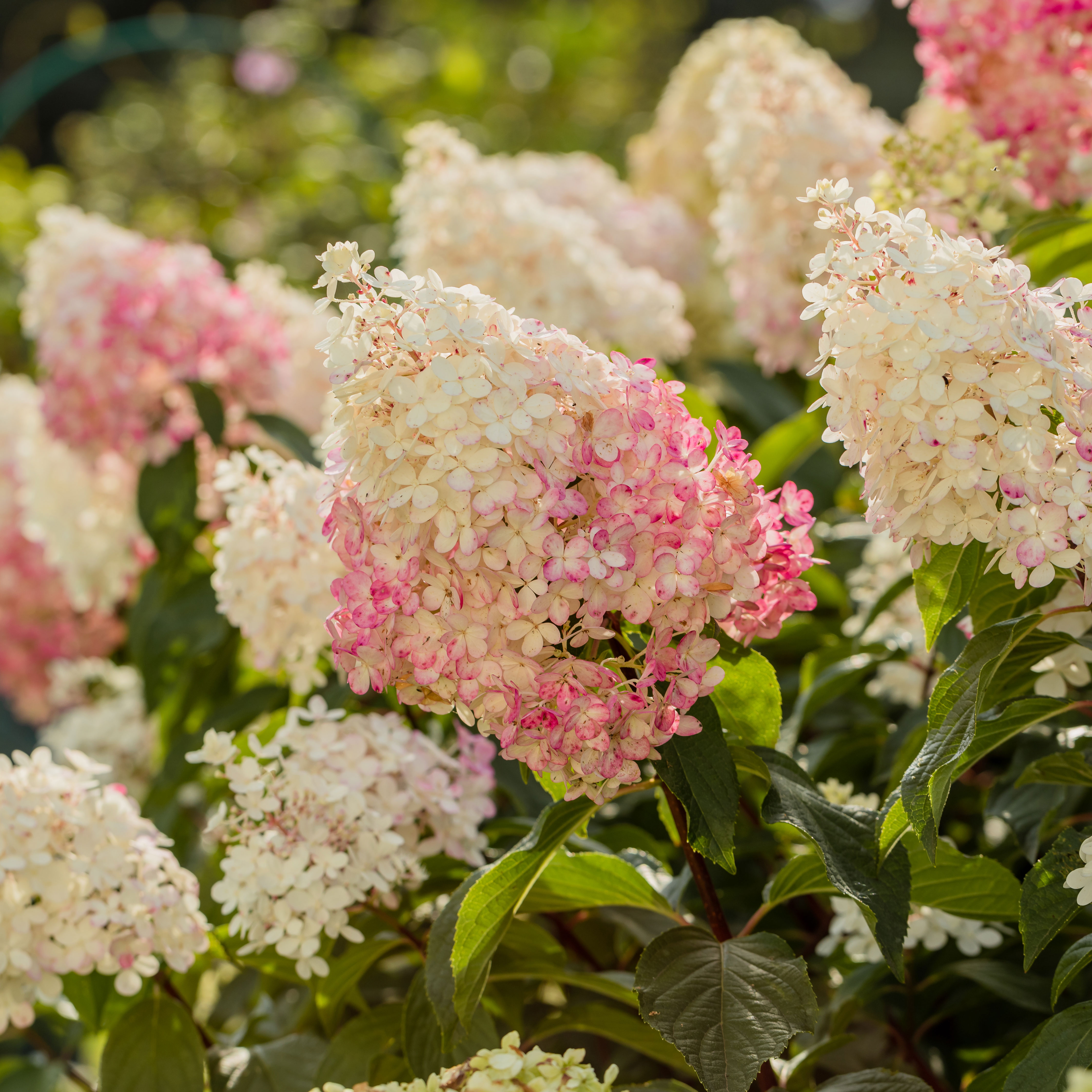 Want The Longest Lasting Hydrangea Flowers? Grow These 8 Panicle Hydrangea Varieties
Want The Longest Lasting Hydrangea Flowers? Grow These 8 Panicle Hydrangea VarietiesFor ornamental shrubs that deliver the longest flowering seasons with plush blooms and delicate hues, these panicle hydrangea varieties are essential in your yard
By Tonya Barnett
-
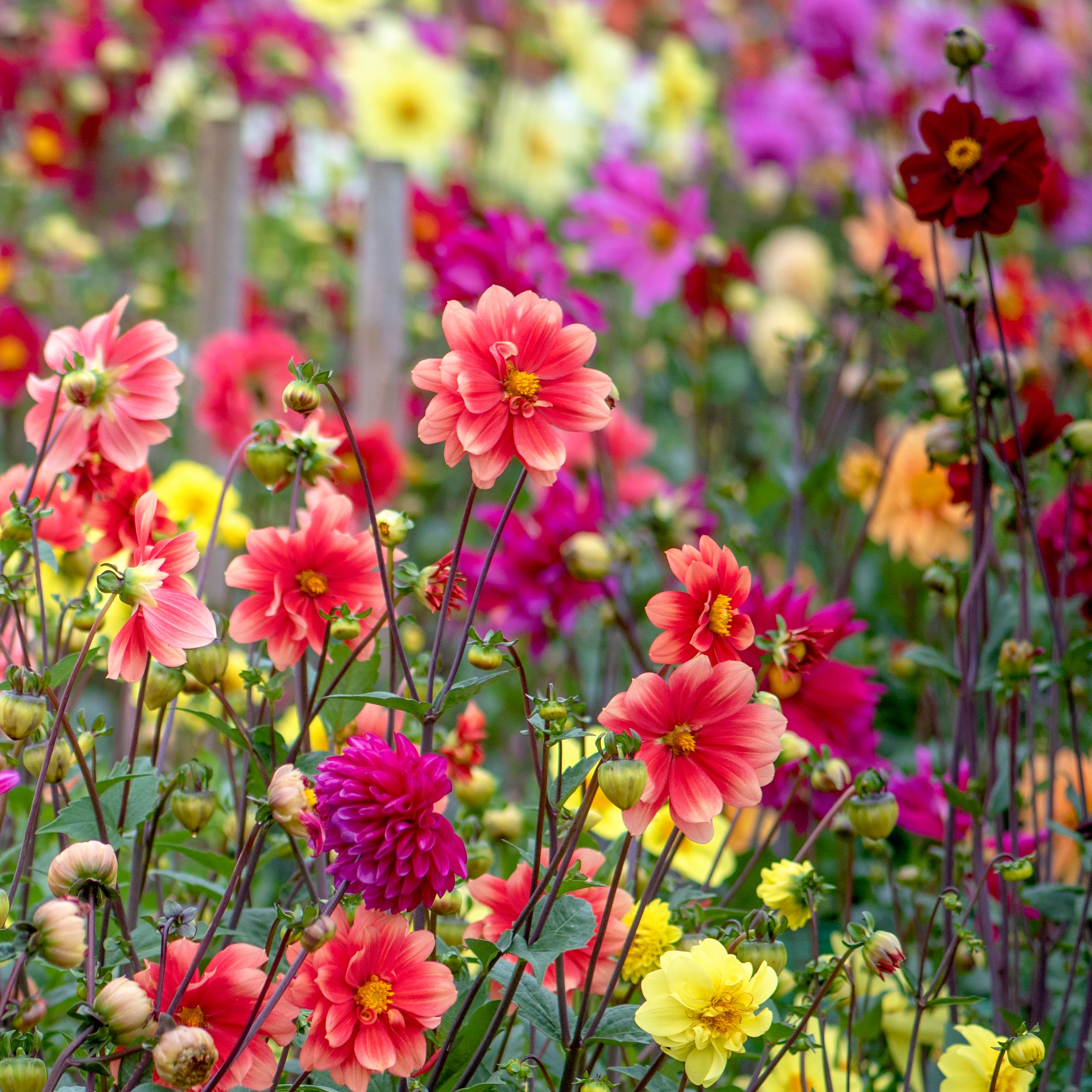 Cut Flower Garden For Beginners: 8 Easy Decorative Floral Plants For Newbies To Grow
Cut Flower Garden For Beginners: 8 Easy Decorative Floral Plants For Newbies To GrowAre you new to growing decorative florals for bouquets and ornamental displays? A cut flower garden for beginners is well within reach if you grow these flower seeds
By Tonya Barnett
-
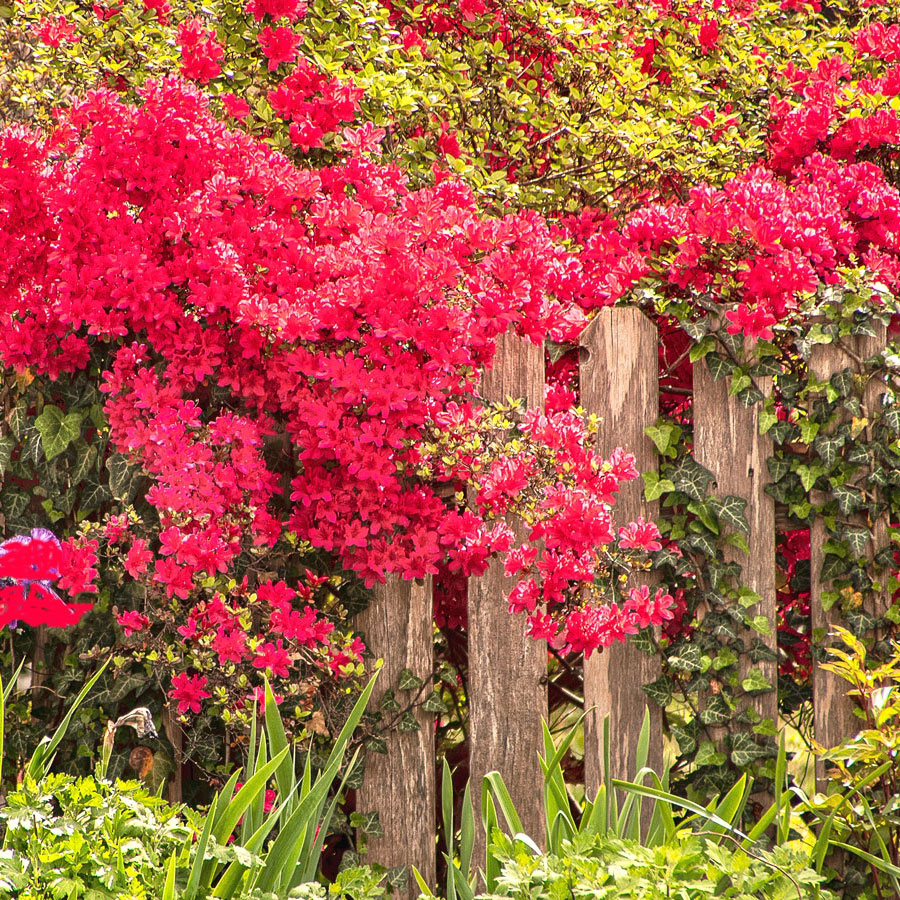 Spectacular Early Blooming Shrubs: 6 Sparkling Spring Flowering Bushes
Spectacular Early Blooming Shrubs: 6 Sparkling Spring Flowering BushesWant to kickstart your gardening year with dazzling spring flowering bushes for beds and borders? These unique early bloomers are sure to help you rise and shine!
By Teo Spengler
-
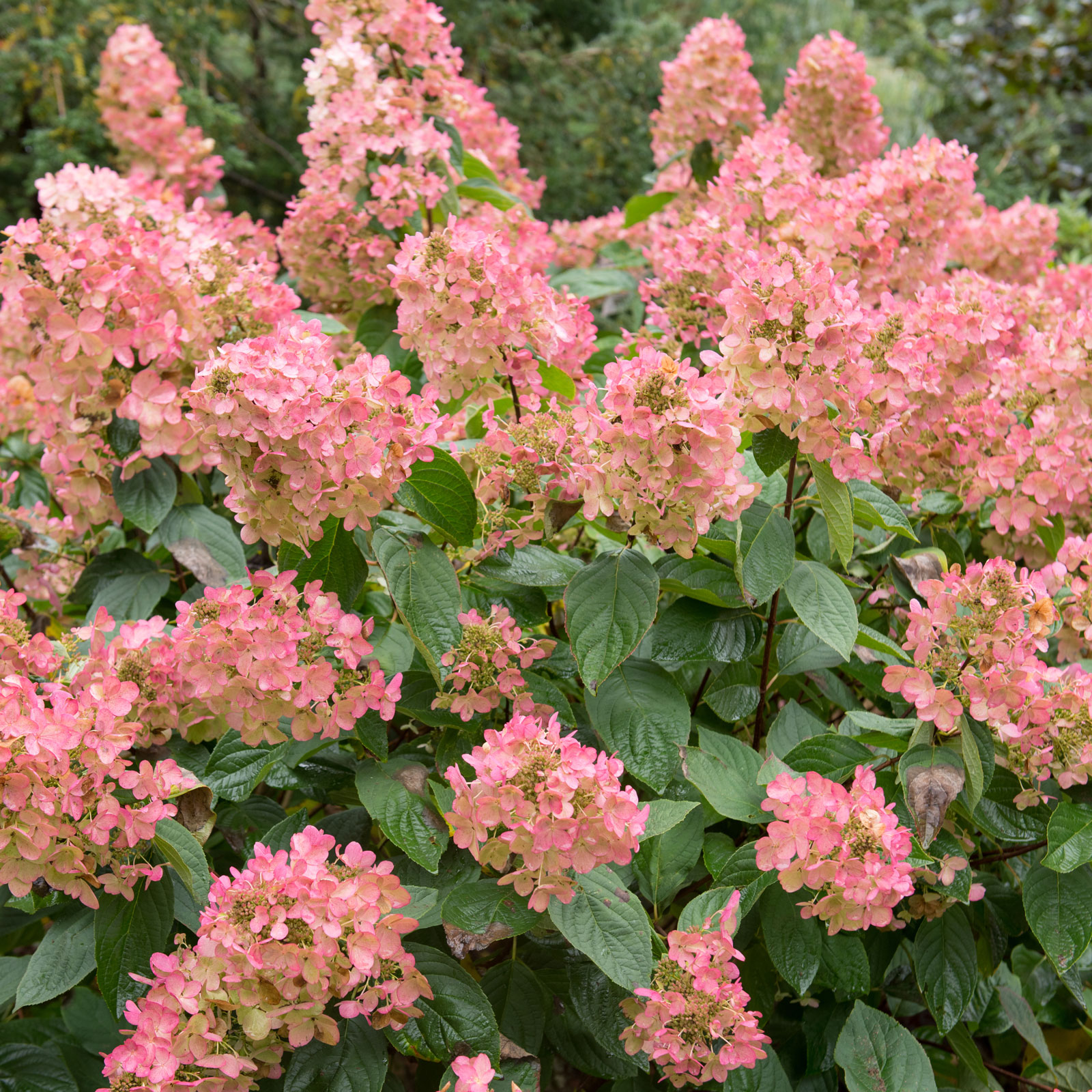 Quick Fire Hydrangea – The Elegant, Easy-Care Shrub Every Gardener Needs In Their Landscape
Quick Fire Hydrangea – The Elegant, Easy-Care Shrub Every Gardener Needs In Their LandscapeIf you’re after an early flowering panicle hydrangea that offers plenty of floral variety, the Quick Fire hydrangea goes big on visual dynamics from early summer to fall
By Tonya Barnett
-
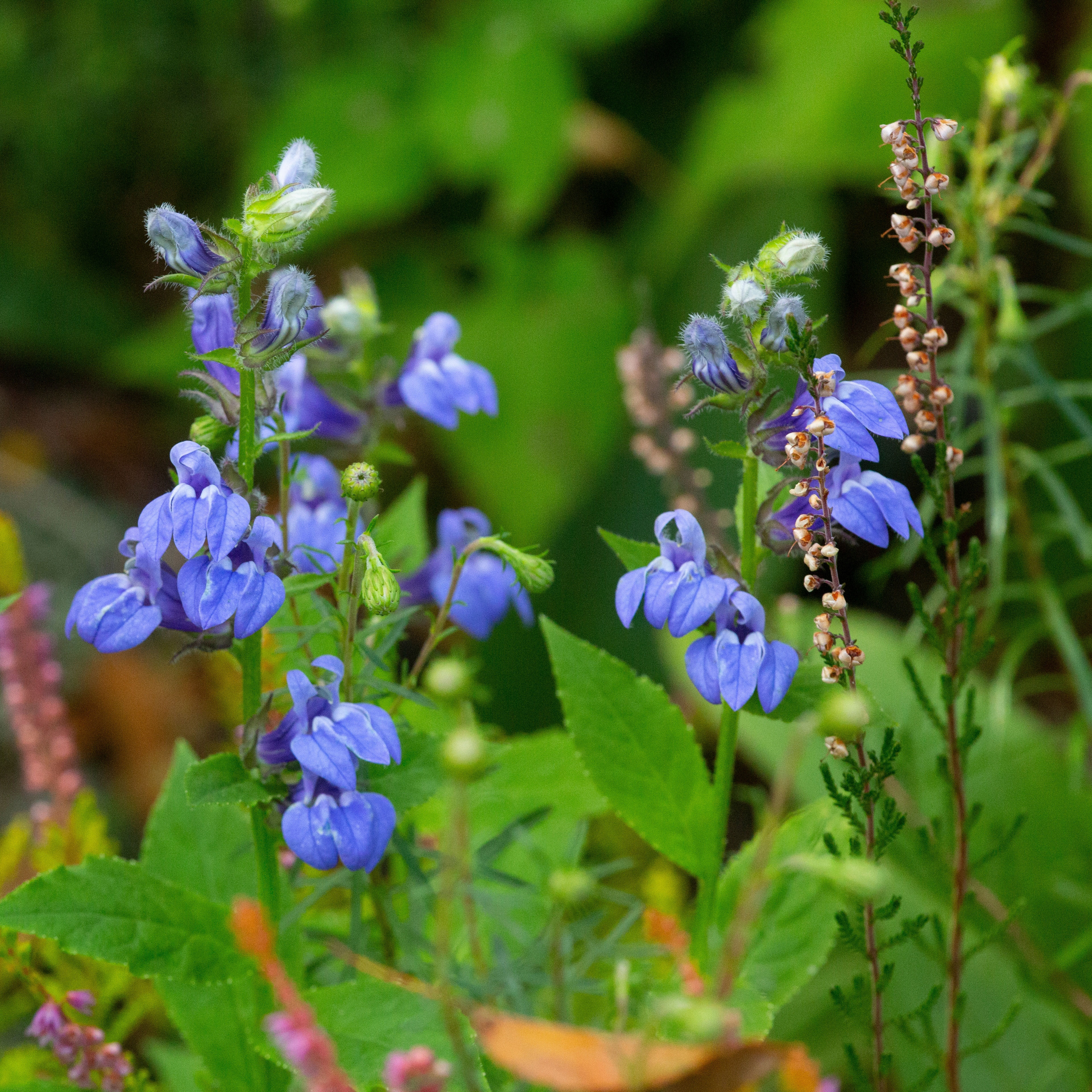 Grow Great Blue Lobelia: Native Blue Cardinal Flowers For Butterflies And Hummingbirds
Grow Great Blue Lobelia: Native Blue Cardinal Flowers For Butterflies And HummingbirdsIf you’re keen to enhance your native plants or attract more pollinators, blue cardinal flowers are an essential flowering perennial. Here’s how to grow great blue lobelia
By Tonya Barnett
-
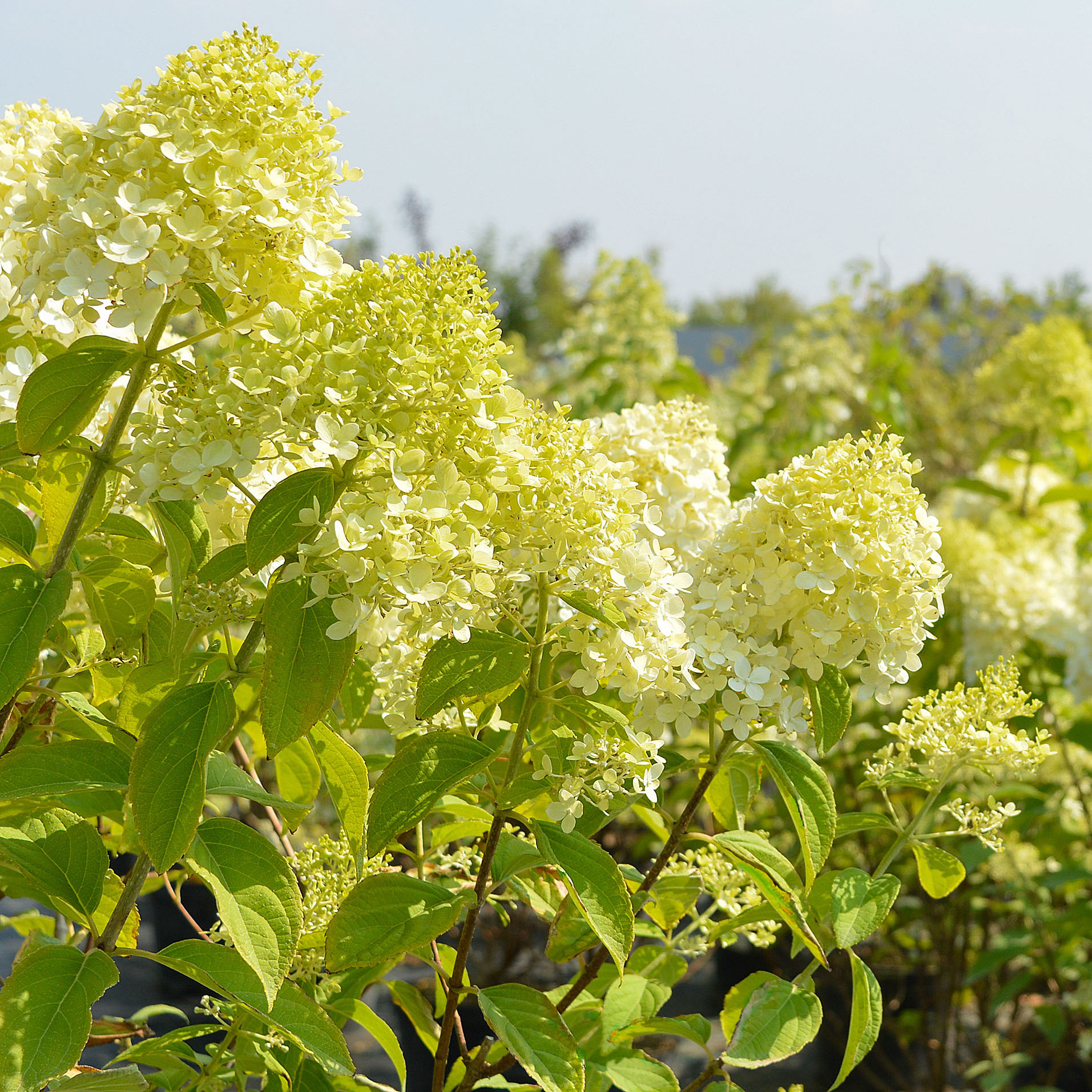 Grow Limelight Hydrangea Shrubs For Green Themed Displays And Brilliant Borders
Grow Limelight Hydrangea Shrubs For Green Themed Displays And Brilliant BordersIf you're a panicle hydrangea lover in search of flamboyant, long-lasting florals, knowing how to grow Limelight hydrangea shrubs will ensure gorgeous green blooms
By Mary Ellen Ellis
-
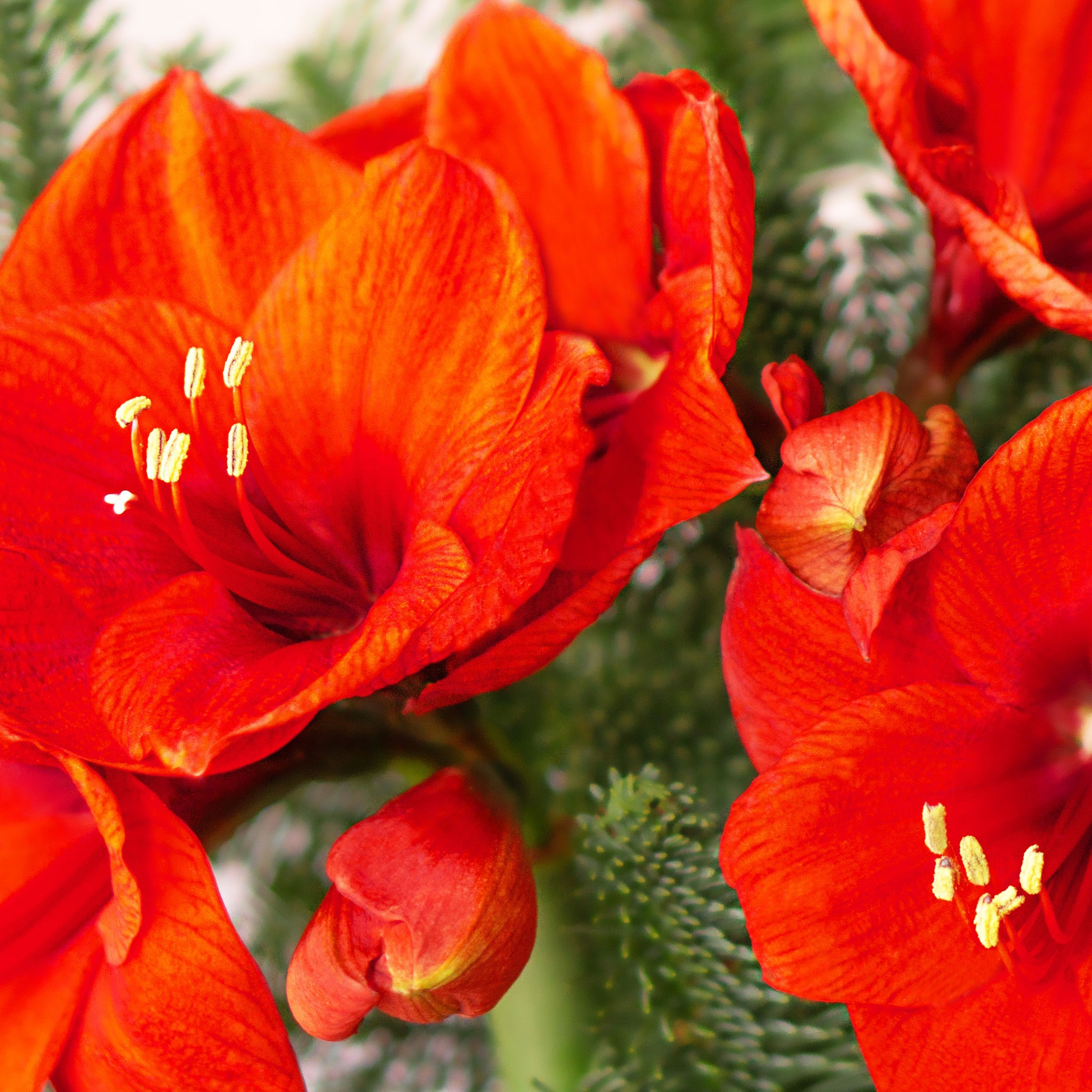 Warm Up Your Winter With Indoor Reds! 8 Red Amaryllis Varieties For Sizzling Seasonal Interest
Warm Up Your Winter With Indoor Reds! 8 Red Amaryllis Varieties For Sizzling Seasonal InterestWell loved as a bold decorative holiday bloomer, the red amaryllis is a hot favorite for winter displays. These red amaryllis varieties are guaranteed to fire up the season
By Tonya Barnett
-
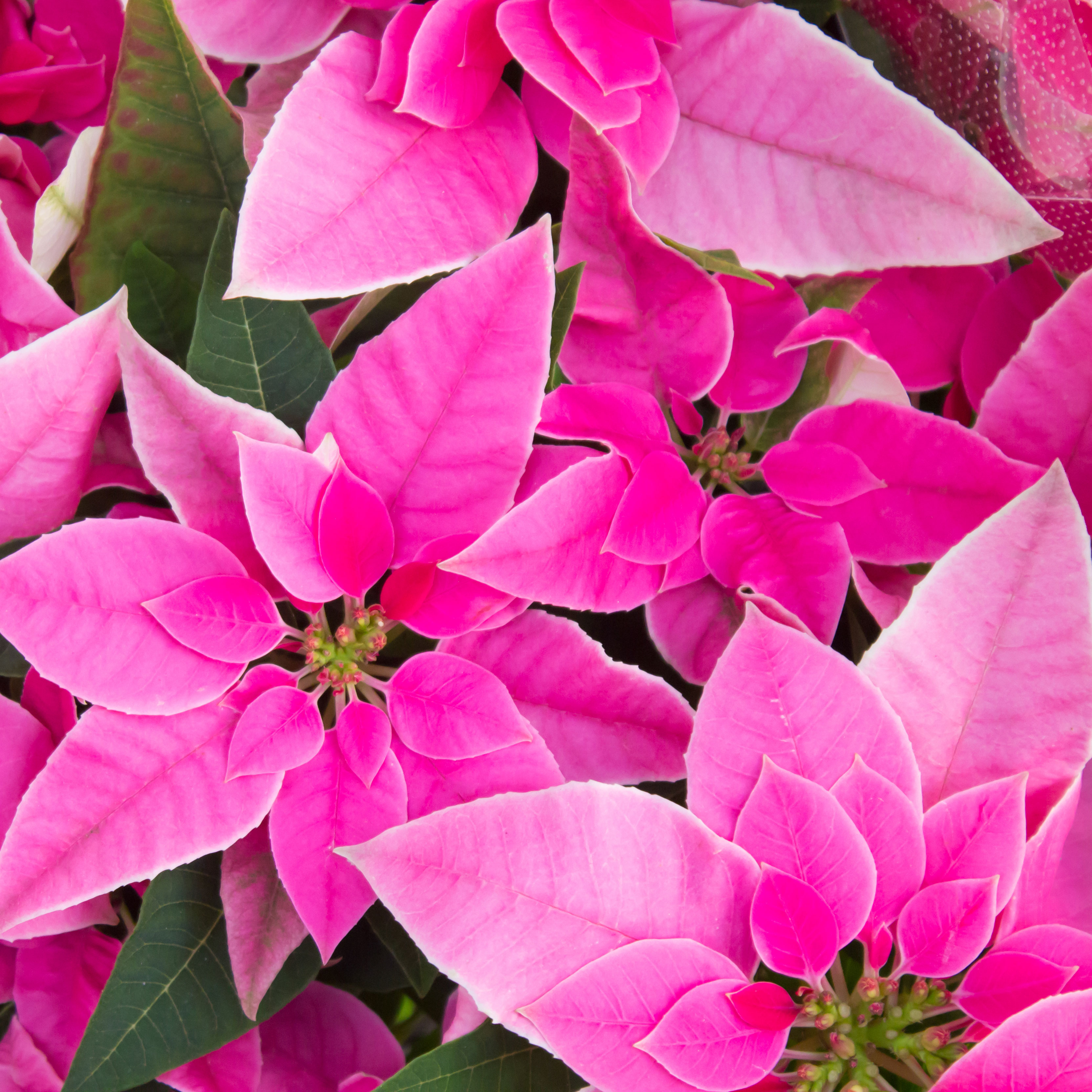 Poinsettia Pinks: 7 Pink Poinsettias To Grow For Neon Hot Tones And Cool Pretty Pastels
Poinsettia Pinks: 7 Pink Poinsettias To Grow For Neon Hot Tones And Cool Pretty PastelsWhile the traditional red poinsettia is a staple of many homes over the holiday period, they are not your only option. For cheerful brights or pastels, why not grow pink poinsettias?
By Tonya Barnett
-
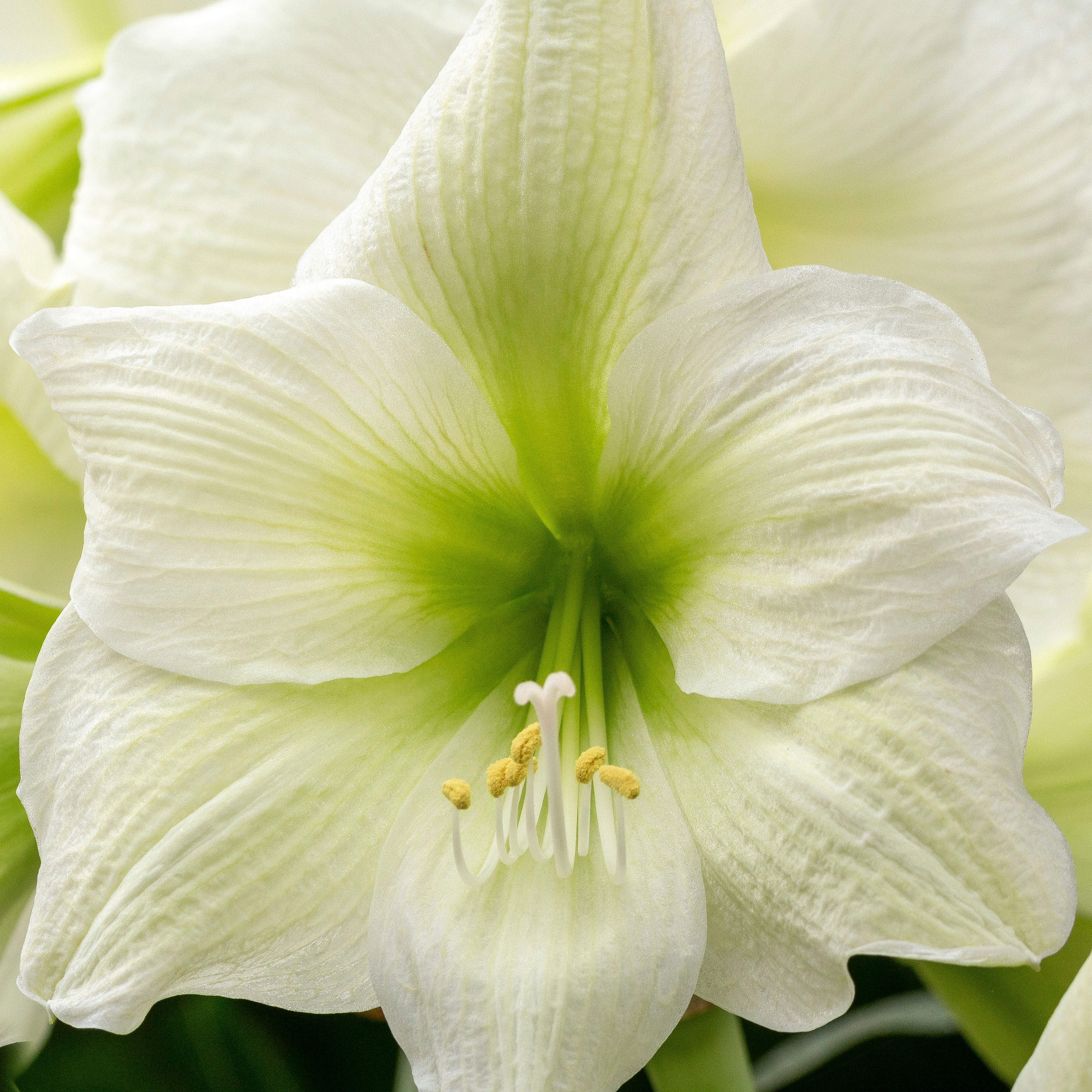 Want Amaryllis But Not Red? Try These 8 White Amaryllis Varieties For The Ultimate Elegance
Want Amaryllis But Not Red? Try These 8 White Amaryllis Varieties For The Ultimate EleganceYou’re probably familiar with the crisp red blooms of the traditional amaryllis – but if you feel like something more unusual and elegant, why not try white amaryllis?
By Mary Ellen Ellis